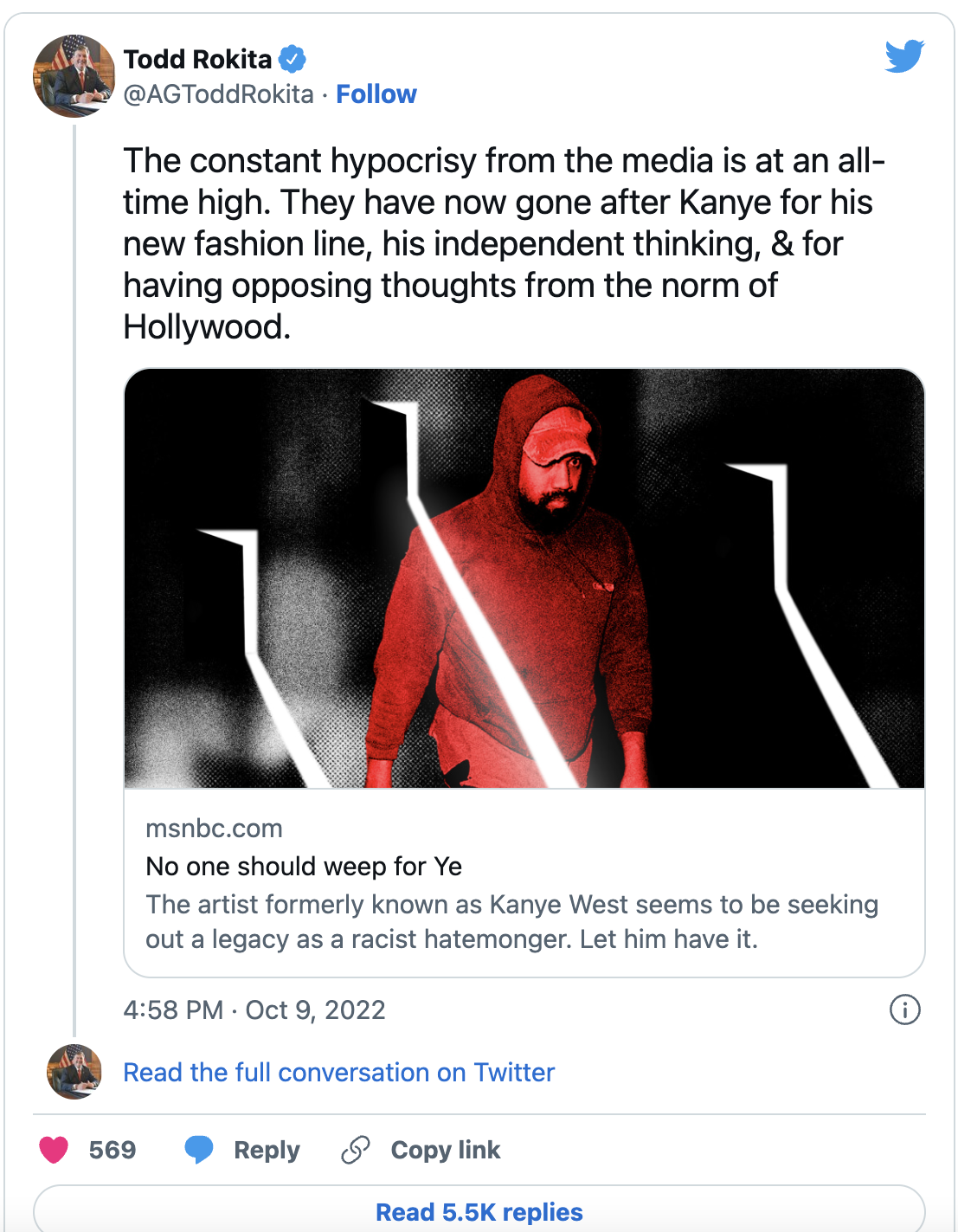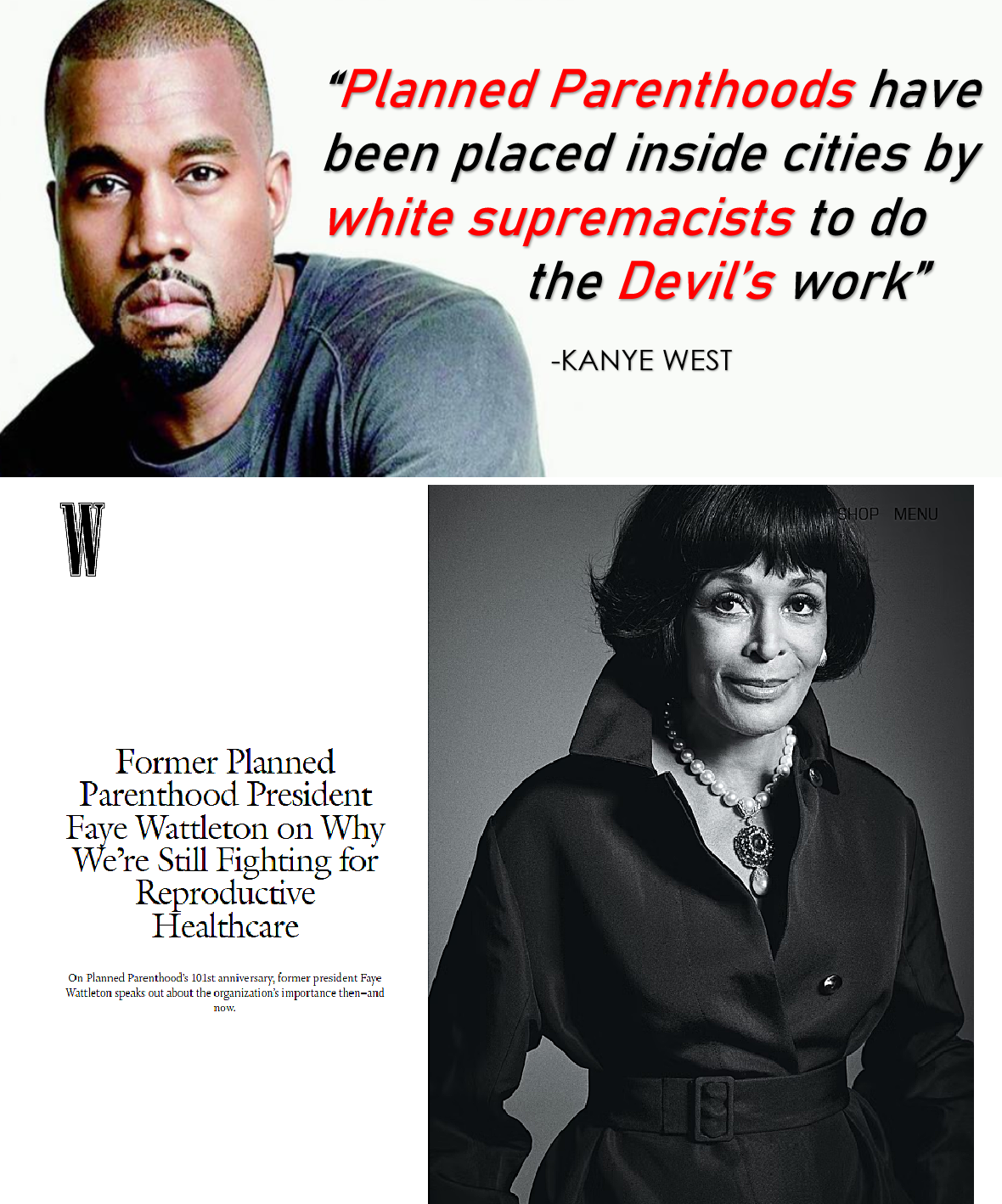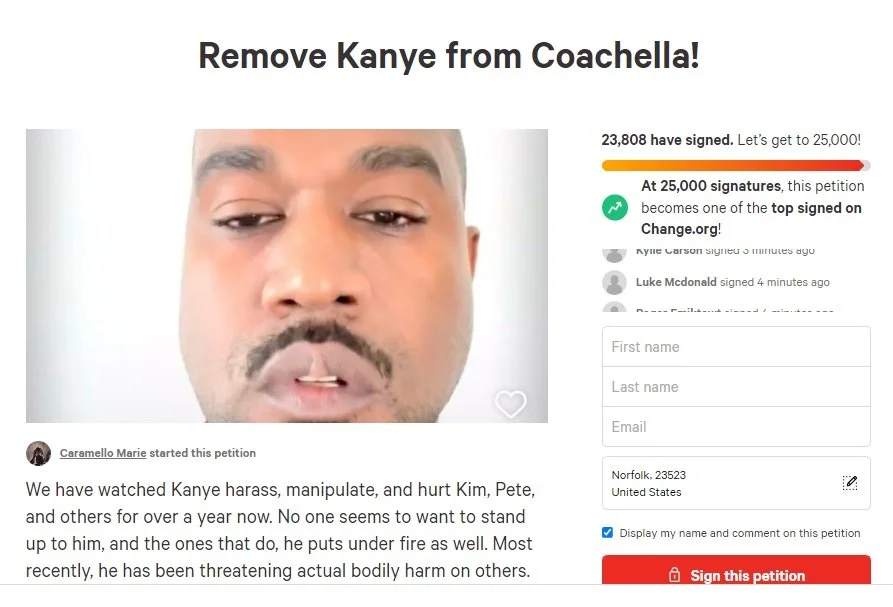Status Update On Global Drive For Clean Cookstoves In Developing Countries
/Multiple Facebook pages say that Julia Roberts has finally endorsed Hillary Clinton but AOC can't validate that fact. When we last wrote about Roberts and Clinton, Julia had the best words for her, but she was torn over Bernie.
Our interest is actually the status of Julia & Hillary's work on cookstoves, an initiative that has brought very mixed results based on current research. About 3 billion of the world's poorest people do not have access to clean-fuel cooking facilities. Cooking with wood, charcoal or dung in smokey, open fires causes about 4 million people to die annually from lung and heart ailments, says the World Health Organization. In India. it's estimated that the health damage is the equivalent of smoking 7 cigarettes a day. The situation is complicated further by at least 1.2 billion people who have no access to electricity and use kerosene lamps for lighting.
In 2011, Clinton and Roberts co-authored a USA Today Mother's Day Op-Ed 'Clean stoves' would save lives, cut pollution.
On average, women and girls in developing countries spend up to 20 hours a week searching for fuel — time they could spend going to school, running a business, or raising their families. And if they live in areas of conflict, leaving home to search for fuel puts them at great risk of assault or rape.
All of this presents a major challenge — but it can be solved. If we can get cleaner, more efficient cookstoves in wider use throughout the developing world, we can save lives, cut back on carbon emissions, and create new economic opportunities for millions of women.
Fortunately, the technology for clean cookstoves already exists. Several companies are already producing them, and countries like India, China, and Mexico have begun to introduce them in national programs. But the uptake has been slow, because there hasn't been a widescale effort to coordinate these efforts, or to make the stoves affordable in the developing world.
Then Secy of State Clinton launched a public-private partnership called the Global Alliance for Clean Cookstoves in 2010, with the backing of the Clinton Global Initiative in New York. Unfortunately, the project, which operates as a project of the UN Foundation in Washington has been challenged in unforseen ways.
Promise With Problems
The Alliance issued a five-year overview in fall 2015. In what sounds like good news, 28 million cookstoves have been distributed, with plans to achieve the goal of 100 million by 2020.
However, only about 8.2 million of those cookstoves run on electricity or burn liquid fuels that confine emissions set by WHO. The Washington Post published an in-depth analysis of the situation.
The vast majority of the stoves burn wood, charcoal, animal dung or agricultural waste — and aren’t, therefore, nearly as healthy as promised. Although these cookstoves produce fewer emissions than open fires, burning biomass fuels in them still releases plenty of toxins. “As yet, no biomass stove in the world is clean enough to be truly health protective in household use,” says Kirk Smith, a professor of global environmental health at the University of California at Berkeley and the leading health researcher on cookstoves.
Harvard economist Rema Hanna led 'Up in Smoke', the most extensive field study of results so far. Her study on cookstove use in India concluded that while measurable health benefits from the cookstoves occurred in the first year, the effect disappeared by year two. Hanna concluded: "We find no changes across health outcomes or greenhouse gas emissions. Households used the stoves irregularly and inappropriately, failed to maintain them, and usage declined over time. This study underscores the need to test environmental technologies in real-world settings where behavior may undermine potential impacts. "
For many legitimate reasons, households don't value the cookstoves.
Whatever the intent, cookstoves have been a tough sell with their target audience of poor women. Even if people are aware of the health risks of cooking over open fires (and many are not), they are reluctant to abandon cooking methods embedded in their culture. “Three decades of efforts to promote both modern fuels and improved biomass stoves have seen only sporadic success,” says a 180-page World Bank report published last year. A notable exception was a government program in China that got more than 100 million cookstoves into people’s homes, according to another World Bank study. “With their system of government, they can kind of dictate what happens,” notes Jim Jetter, a senior research engineer who tests cookstoves for the EPA.
Women complained about the lack of a familiar taste using the new stoves. Think barbeque. Many cannot afford to buy the new stoves -- and yes, the problem is plural. How many American women cook with only one burner. Many women who use the cookstoves, refuse to give up cooking over open fires as well, according to researchers. The stoves break or sometimes can't bear the heat of the sun.
HIllary Clinton Speaks at 2014 Cookstove Summit
Radha Muthiah, a former executive at CARE International, became the chief executive of the cookstove alliance in 2011. Britain, the US and Norway lead 65% of the funding. She disagrees with most male experts that the initiative should stop until a better solution is found.
Muthiah says that the alliance intends to focus more on clean cookstoves and fuels “that we know will achieve the health benefits,” but that it cannot abandon the poorest of the poor who lack access to clean fuels. “Where people can have access quickly to LPG or [electric] induction stoves, that’s what we’re pushing. But we have to be pragmatic,” she says. “Large segments of the population aren’t going to have access to these cleaner fuels for another 10 years or more.”
Those people deserve improved biomass cookstoves, she says: “There may not be the greatest health benefit, but there’s certainly a good environmental benefit, and it will save them more time” and create “livelihood and empowerment opportunities.”
AOC noted the problems of the Hanna research in 2012, citing the problems of the repairs. I'm not clear that researchers could measure health results that were actually tied to whether the stoves were still in use. Bloomberg addressed all the problems associated with these major initiatives in an article CanCleaner Cookstoves Help Save the World.
A similar problem of broken equipment was haunting WaterAid, and it demonstrates what can be accomplished if people don't give up.
Meet Ram Rati
Ram Rati is a leader in her community, rising above her runaway bride status and wheat grinder. Married at age 11, Rati seems to be always a take-charge woman. Rati tired of the wells in her village always breaking down and decided to take matters into her own hands. In the Indian district of Mahoba, one-third of the 4,000 drinking water wells are broken.
Rati was one of the first people to apply to WaterAid,an organization training micro-entrepreneurs in the well maintenance business in 26 countries in Africa, Asia and the Pacific region. New well mechanics like Rati have fixed 300 hand pumps in 2 years, impacting the water supply of 300,000 people (as of 2012).























![Kanye West's [aka Ye] Refusal to Treat His Mental Illness Is No Excuse For His Anti-Semitism](https://images.squarespace-cdn.com/content/v1/55f45174e4b0fb5d95b07f39/1666238183530-4WVG9SNG88HTSKQ0WWDV/Is+Kanye-West-Running-Out-of-Platforms.png)







